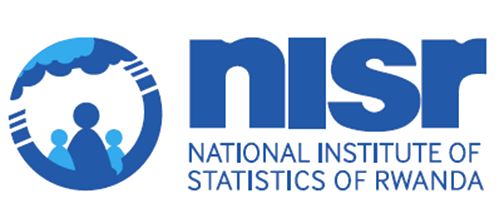Datasource:
Comprehensive Food Security and Vulnerability and Nutrition Analysis Survey (CFSVA)
Period:
March, 2012 to February, 2013
The 2009 Rwanda CFSVA and Nutrition Survey was designed to provide statistically representative information on households at the sub-provincial level.
Over 80% of food insecure households and households with stunted children live in rural villages.14 Percentages of households with unacceptable food consumption are especially high in the rural areas bordering Lake Kivu (42%). and West and East of the Congo Nile Crest (43% and 29% respectively), where soils are less fer le and the land more susceptible to erosion. Food insecure households are likely to live in remote villages far from the main roads.
The western province accounts for the largest numbers and highest rates of food insecure households. Although it is home to less than a quarter of all Rwandan households, half of all households with poor food consumption live there as do 38% of those with borderline food consumption.
Kigali has by far the highest proportion of households with acceptable food consumption16 followed by the eastern province, which is relatively be er off than other provinces but most prone to rainfall deficit.
A fifth of Rwandan households are vulnerable to flooding with those in the southern and western provinces more exposed. As with drought/rain shortages, it is the high number of farming households, the poor and those that already have borderline food consumption pa erns, that are hit hardest.
